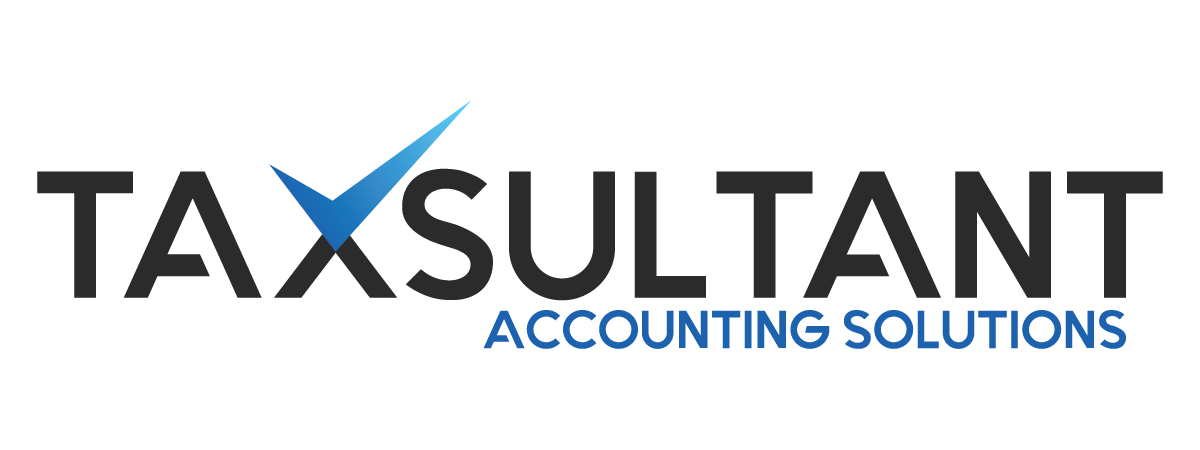ITR3 Filing
ITR-3 is an income tax return (ITR) form prescribed by the Income Tax Department of India for individuals, Hindu Undivided Families (HUFs), and partnership firms (other than Limited Liability Partnerships or LLPs) who have income from business or profession. This form is meant for taxpayers who are not eligible for the presumptive taxation scheme (i.e., not filing under ITR-4), and it allows for detailed reporting of income, deductions, and tax liabilities.
Who Should File ITR-3?
ITR-3 is primarily for individuals, HUFs, and partnership firms who have income from business or profession and need to report detailed income details. The following taxpayers must file ITR-3:
Individuals and HUFs with Business or Professional Income:
If an individual or HUF earns income from a business or profession, they need to file ITR-3. This includes:
Business income (e.g., retail, manufacturing, or service-oriented business).
Professional income (e.g., income from professions like doctors, lawyers, consultants, architects, etc.).
Partnership Firms (Other than LLPs):
A partnership firm (not registered as an LLP) must file ITR-3 if it has income from a business or profession.
Taxpayers Who Have Income from Other Sources:
Apart from business or professional income, if the taxpayer has income from other sources like salary, property income, or capital gains, it can also be reported in this form.
Taxpayers Not Eligible for Presumptive Taxation: Those who are not eligible for the presumptive taxation scheme under Section 44AD, 44ADA, or 44AE should file ITR-3. If the taxpayer has a turnover greater than the prescribed limit for these schemes, ITR-3 should be filed.
Purpose of Filing ITR-3
The primary purpose of ITR-3 is to provide a detailed reporting of income from business and profession for individuals, HUFs, and partnership firms. It helps the taxpayer comply with the Income Tax Act’s requirements by:
Reporting earnings from different sources, including business or profession.
Declaring taxable income after considering eligible deductions and exemptions.
Calculating the tax liability and ensuring the payment of taxes.
Key Features of ITR-3
Income from Business or Profession:
ITR-3 requires detailed reporting of income from business or profession, including profits and gains and details of the business or profession conducted.
Taxpayers who do not opt for the presumptive taxation scheme need to report their actual income and expenses related to business/profession.
Income from Other Sources: The form allows for the declaration of income from other sources, including salary, interest, dividends, rent, and capital gains.
Depreciation: Taxpayers must report depreciation claimed on assets under the Income Tax Act. Depreciation is a common deduction for businesses and professionals, reducing taxable income.
Deductions Under Chapter VI-A: ITR-3 allows taxpayers to claim deductions under sections 80 such as:
80C (life insurance premiums, PPF, etc.)
80D (health insurance premiums)
80G (donations to charity)
80E (education loan interest)
80GGC (donations to political parties)
These deductions reduce the taxable income.
Audit Information: If the taxpayer’s business or profession is subject to tax audit under Section 44AB, the audit report needs to be attached with the return.
Schedule for Reporting of Business Income:
The form provides separate schedules to report income from business or profession and the expenses incurred for generating that income. It ensures that the taxpayer reports gross income, and deductions are properly calculated.
Details of Partners in Partnership Firms:
For partnership firms, the form requires details of profits sharing ratio and the share of each partner in the firm’s income or losses.
Capital Gains: Taxpayers can report capital gains from the sale of assets such as property, shares, or other investments in the appropriate sections.
TDS Details: Tax Deducted at Source (TDS) must be reported in the form. This includes TDS deducted on income such as salary, interest, or business receipts. TDS certificates (like Form 16 and Form 16A) should be provided.
Income from House Property: If the taxpayer earns income from house property, such as rent from a property, it should be declared along with eligible deductions under Section 24 for repairs and interest on housing loans.
Documents Required for Filing ITR-3
The following documents and information are required to file ITR-3:
Financial Statements: Profit and Loss Account and Balance Sheet for businesses or professions.
Income statement detailing income and expenses related to business or profession.
Tax Audit Report (Form 3CA/3CB): If applicable, taxpayers must attach the audit report under Section 44AB, which is mandatory for businesses exceeding certain turnover thresholds.
TDS Certificates:
Form 16 (for salary) and Form 16A (for TDS on other payments) detailing the TDS deducted during the year.
Bank Statements: Statements showing interest income or other income from savings or fixed deposits.
Details of Investments: Receipts for investments claimed under deductions (e.g., life insurance premiums, PPF contributions, etc.) for deductions under Section 80C.
Capital Gains Documents: Sale and purchase details for assets sold during the year, including capital gains statements, transaction details, etc.
Partnership Deed (for partnership firms):
If the taxpayer is filing on behalf of a partnership firm, the partnership deed must be provided, along with details of partners and profit-sharing ratios.
How to File ITR-3
ITR-3 must be filed online through the Income Tax e-Filing Portal. Here’s a step-by-step guide:
Register/Login to the Income Tax Portal:
If not already registered, create an account using the PAN. Existing users can log in directly.
Select ITR-3 Form:
Choose ITR-3 from the list of available forms on the portal.
Fill in the Form: Enter details about income, deductions, business or professional income, capital gains, and other sources of income. Ensure to provide details in the correct sections for TDS, depreciation, etc.
Attach Documents: Attach the necessary documents such as audit report (if applicable), TDS certificates, and any supporting documentation for income and deductions.
Submit the Form: After reviewing the form for correctness, submit it online.
E-Verification: Verify the return using Aadhaar OTP, Digital Signature, or Electronic Verification Code (EVC).
Acknowledgment: After successful submission, an ITR-V acknowledgment will be generated. This can be downloaded and saved for reference.
Due Date for Filing ITR-3
- The due date for filing ITR-3 for individuals and HUFs is typically 31st July of the assessment year.
- For partnership firms or taxpayers requiring a tax audit, the due date is usually extended to 30th September.
Note: These deadlines may be extended by the Income Tax Department based on specific circumstances or annual notifications.
Penalties for Non-Compliance
Failure to file ITR-3 on time may result in:
Late Filing Fees: Under Section 234F, a late fee of ₹5,000 may be levied for filing after the due date (₹1,000 if income is below ₹5 lakh).
Interest on Unpaid Tax: If tax is not paid by the due date, interest under Section 234A, 234B, or 234C will be charged.
Denial of Deductions: Certain deductions, such as those under Chapter VI-A, may not be allowed if the return is filed late.
Conclusion
ITR-3 is an important tax return form for individuals, HUFs, and partnership firms earning income from business or profession. It provides a detailed and comprehensive way to report income, claim deductions, and calculate tax liabilities. Proper filing of ITR-3 ensures compliance with tax laws, and helps avoid penalties or interest charges. It is essential for taxpayers to gather all relevant financial documents and ensure that the form is filled accurately and submitted within the due date.

